
Picture this: you're finally drifting off after a long day, only to be jolted awake in the dead of night by a searing, involuntary contraction in your calf, hamstring, or even the front of your thigh. It's not just painful—it's exhausting. My clients often report to me that they've been waking up three, four, five times a night with these sudden spasms, each one pulling them from sleep and leaving them tossing and turning until morning. Over time, this fragmented rest compounds fatigue, irritability, and even daytime aches, creating a vicious cycle that's hard to break.
If you've experienced this yourself, you're far from alone. Nighttime leg cramps, often called nocturnal leg cramps, are estimated to affect up to 60% of adults over 50 at some point, with women and those with certain health conditions like diabetes or thyroid issues being particularly prone. The sudden tightness feels like a vice grip, sometimes lasting seconds, other times minutes, and it can leave residual soreness that lingers into the next day. As a physio, I've heard countless stories of people trying everything from hot baths to over-the-counter remedies, only to find temporary relief at best. And when they turn to their doctor for answers, the conversation often starts the same way: the first thing they'll do is tell you to start taking quinine.
Quinine, derived from the bark of the cinchona tree, has been used historically for muscle cramps, and some studies do show it can reduce the frequency of these episodes. But here's the catch—and it's a big one for many of my clients: they simply don't want to take a medication, especially one with potential side effects like nausea, headaches, or even more serious issues like heart rhythm disturbances with long-term use. Quinine isn't a first-line treatment anymore for good reason, and doctors often don't have much else to suggest beyond general advice like "stretch more" or "stay hydrated." It's frustrating, isn't it? You want solutions that empower you, not pills that come with caveats.
That's where I come in. After years of working hands-on with hundreds of clients facing this exact issue, I've honed in on strategies that are safe, simple, and backed by science or clinical experience. Today, I've got five things to suggest to you that might help—and hopefully, they'll reduce your cramps significantly, if not eliminate them. These aren't quick fixes or miracle cures, but they're practical steps you can start implementing right away, often with tools you already have at home. We'll cover stretching routines that target the most common cramp-prone muscles, hydration tweaks, topical aids, dietary considerations, and even sleep positioning hacks. By the end, you'll have a toolkit to experiment with, tailored to what feels right for your body.
Tip 1: Stretch Your Leg Muscles During the Day
The first thing I'm going to suggest you do is to stretch your leg muscles during the day.
The reason I'm suggesting this is based on a study that was done in 2020. Researchers took a group of older people who suffered from leg cramps and split the group in half. Half of those people were given a simple stretching program that they did three times per day, just for a couple of minutes each time.
Those people reported significantly fewer cramps at night, and the intensity of the cramps was less as well.
So, I'm going to show you three specific stretches that are proven to be effective for this issue. These aren't suitable for everyone, but if they're pain-free for you, you can do them, and your doctor or healthcare professional is happy for you to do so, give them a try at home. They should help reduce the frequency of your cramps.
The Three Key Stretches
For all of these stretches, you're going to hold them for 30 seconds. This duration is the most effective length of time to hold a stretch and gives you the most bang for your buck. We also want to take the intensity to probably a 5 out of 10. We don't want to go to a 10 out of 10; we don't want it to feel like the muscle is about to tear. We just want to feel like there's a gentle, sustained stretch happening in the muscle.
Furthermore, I'd recommend doing them a few times throughout the day. The research shows that it's better to space the stretches out throughout the day rather than to do them all in one go.
Stretch 1: The Calf Stretch
This stretch is particularly good because many people who get cramps experience them in their calves.
Position: Stand facing a wall or something solid to put your hands against.
Stance: Place the leg you want to stretch at the back. Keep both feet pointing forward in the same direction, and crucially, keep both heels on the ground.
Movement: Keep the back leg straight, and then bend the front knee (the one closer to the wall).
Feel: You should feel a pull or a stretch in the back of the calf of the back leg. Hold for 30 seconds, then swap over and do the other side.
Stretch 2: The Hamstring Stretch (Sitting)
This stretch can help prevent cramps that affect the back of your thigh. Important Note: Do not do this stretch if you have sciatica, as it can sometimes make it worse.
Position: Get a chair and shuffle right to the edge of it, so you're sitting on those two bones on your bottom.
Legs: Put one leg straight out in front of you. The foot of this leg should be floppy (don't pull your toes up tall). The other leg stays bent with the foot on the floor.
Posture: Put two hands on your bent knee and sit up nice and tall.
Movement: You are going to lean forward, but you must hinge at the hips. Do not round your spine like a C-shape; keep your back straight.
Feel: This gives you a really nice stretch down the back of your thigh. You shouldn't feel pins and needles or numbness. If you are, you've likely started pulling your foot up; keep the foot relaxed. Hold for 30 seconds and repeat a few times throughout the day on each side.
Stretch 3: The Quad Stretch (Side Lying)
This is a great stretch for people who end up with cramps in their quads or the front of their thighs.
Position: Lie perfectly on your side, ideally on your bed or a mat.
Grasp: Bring that top leg up. Ideally, you want to grab as far down the leg with your upper hand as you can (the ankle is best, but the shin works if flexibility is limited).
Movement: While keeping your back relaxed and your pelvis neutral (in the same position as when you started), take your leg out behind you until you start to feel a pull in the front of the thigh.
Feel: The pull should be down the front of the thigh. If you are feeling it in your back, you've gone back too far and have likely hyperextended your spine. Hold that gentle stretch for 30 seconds, and then roll over and do the opposite side.
Modification for Bad Knees: If you have a bad problem with your knee and can't bring your heel close to your bottom, you can use a towel or strap looped around the leg. This allows you to keep your knee less bent (around $90^\circ$ or $100^\circ$ flex) while still taking your leg further out behind you, allowing you to get the quad stretch without excessive knee flexion. Take this modification with a pinch of salt if you have really bad knees, but if it feels comfortable, it can be effective.
Tip 2: Balance Your Water Intake (Don't Over-Hydrate)
The second piece of advice I've got for you for preventing leg cramps at night is to be careful of your water intake.
When I say "be careful," most people assume I mean that you're not drinking enough and you need to drink more. While not drinking enough water can certainly cause cramps at night, the issue is that drinking too much water can also put you at risk of cramps as well.
When it comes to leg cramps, finding a fluid balance is key. If you drink too much water, it flushes out a lot of your electrolytes—specifically sodium and potassium. This can leave you with a higher risk of cramping.
Solution: Find a fluid balance that suits you; it's different for everyone. But if you're drinking loads and still getting cramps, it could be that you're drinking too much water.
Recommendation: One solution for this problem is to find an electrolyte tablet or powder that adds sodium, magnesium, and potassium to your drinking water. Then, sip that throughout the day. This will help you maintain a better electrolyte balance.

Tip 3: Consider Using a Magnesium Rub
The third tip I've got for you to help you prevent leg cramps at night is to consider using a magnesium rub.
A magnesium rub is basically an oil or a cream that has magnesium in it, which you put onto the areas that cramp. It seems that magnesium rubs are taken up better by the skin than if you take a magnesium tablet, although this is slightly controversial (there is evidence in both directions).
I have found that many of my clients find a magnesium rub helpful. Obviously, only use it if your skin is happy for you to do so, as not everyone reacts well to the oily rubs.
Tip 4: Don't Drop Your Salt Intake to Zero
The fourth tip for preventing leg cramps at night is not to drop your salt intake to zero.
Many people are told by their doctor that reducing salt in their diet is a priority because of high blood pressure, and that is absolutely the case for many people. However, people can get themselves into trouble with cramps at night because they eliminate salt.
Salt has something in it called sodium, and sodium is an electrolyte. It is still very important in the body to have some sodium. We don't need a huge amount, but we also don't do well when we have zero. If we have no sodium coming in from our diets, that affects the fluid balance within our bodies, and it can make cramps more likely.
Action: If you've eliminated salt, you might want to look at your diet and see whether you've taken too much out. This could be one of the reasons you're getting leg cramps.
Caution: Adding a little bit more—and I stress a tiny, tiny bit more—can sometimes help with cramps. Obviously, always speak to your doctor when you are changing your salt levels.
Tip 5: Use Pillow Placement to Aid Sleep
The fifth tip I've got for you for preventing leg cramps at night is to use pillow placement around your legs to help you sleep better.
There are two places I would experiment with using a pillow:
Between the knees if you are a side sleeper.
Underneath your knees if you are a back sleeper.
Both of these things put your legs into a more natural, more neutral position. This can help to stave off cramps, as opposed to lying with them fully extended or with one leg crossed over the other, which can put the muscles under strain.
I hope those five tips are useful for you. Give them a try if it is safe for you to do so, and hopefully, you will experience fewer leg cramps at nighttime.
Can PCSsole insoles help leg cramps?
While insoles cannot directly address all underlying causes of cramps (such as dehydration or electrolyte imbalances), PCSole insoles can indirectly help prevent them in the following ways:
Reinforced/High Arch Support: Directly addresses excessive arch pronation and flat feet. By supporting the arch, the insole prevents the foot from collapsing, thereby normalizing the function of the calf muscles (tibialis posterior and gastrocnemius) and reducing the mechanical strain that can lead to cramps.
Excellent Shock Absorption/Comfort Cushioning: Reduces overall impact pressure on the foot, ankle, and calf. This minimizes microtrauma and vibration fatigue that can trigger cramps, especially for those who stand for long periods of time ("high-impact" use).
Designed to Relieve Foot Pain (e.g., Plantar Fasciitis, Pronation): Relieving pain and correcting gait issues means a more comfortable and balanced gait. When walking or standing is less painful, muscles are less likely to strain or overcompensate, reducing the risk of muscle fatigue and related cramps.


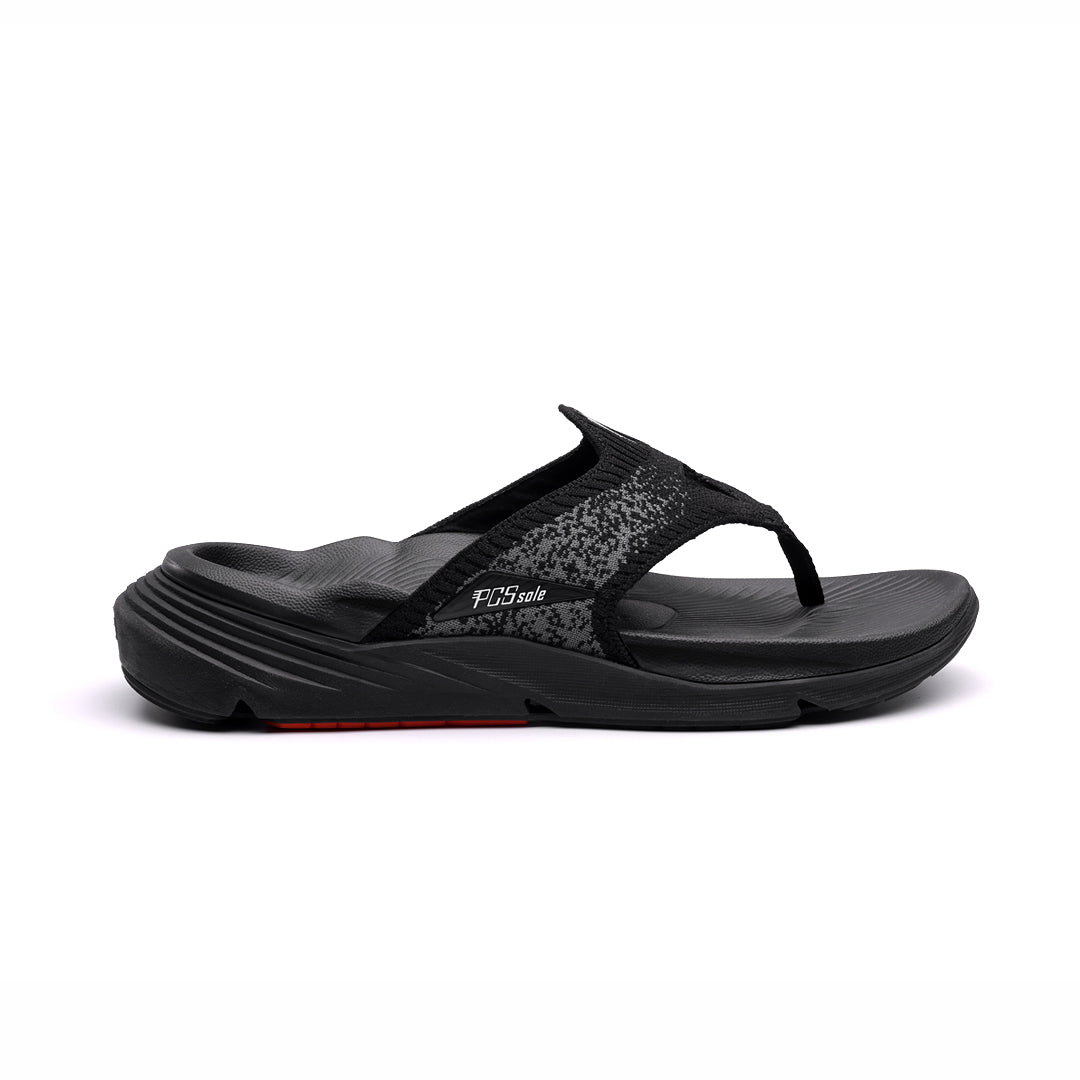

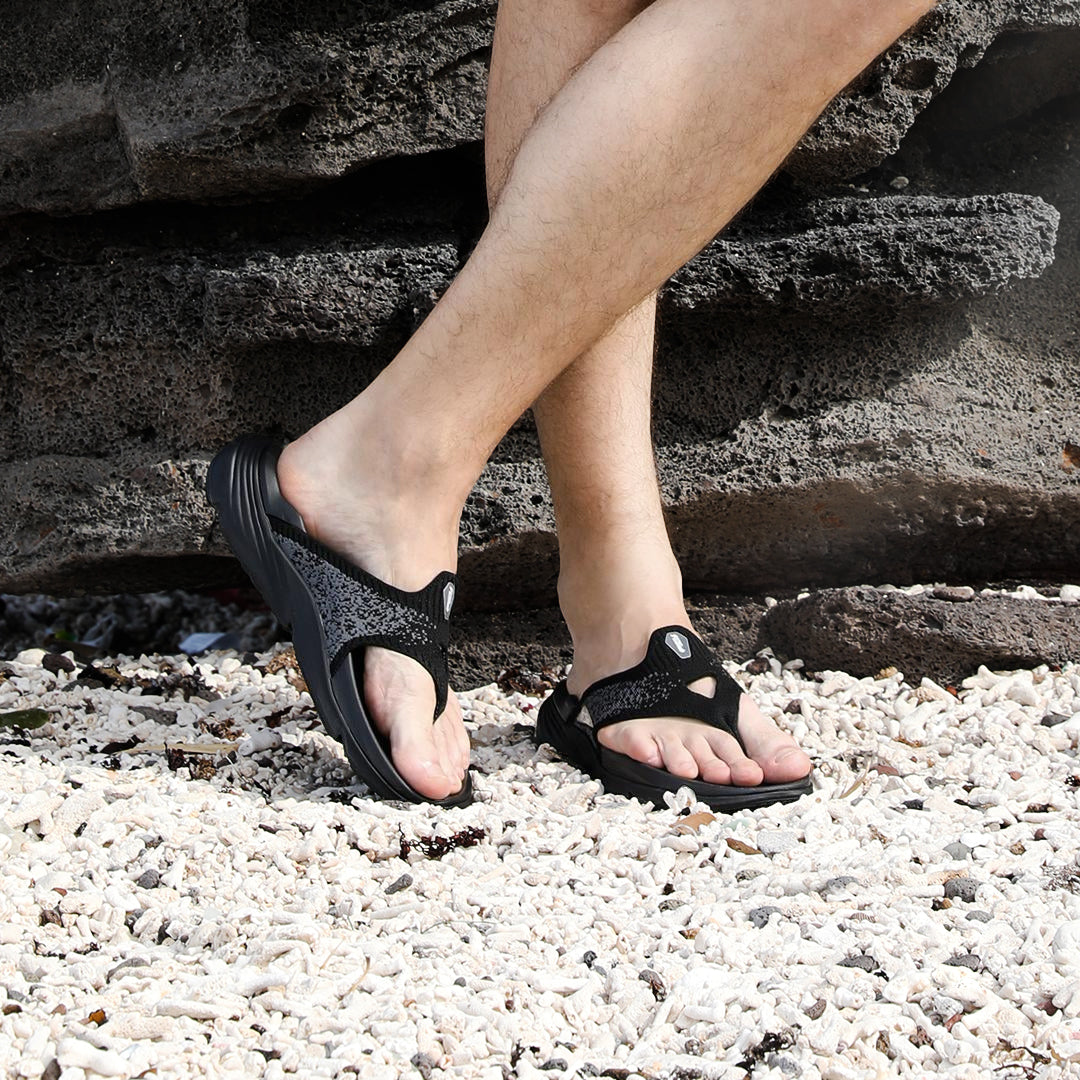
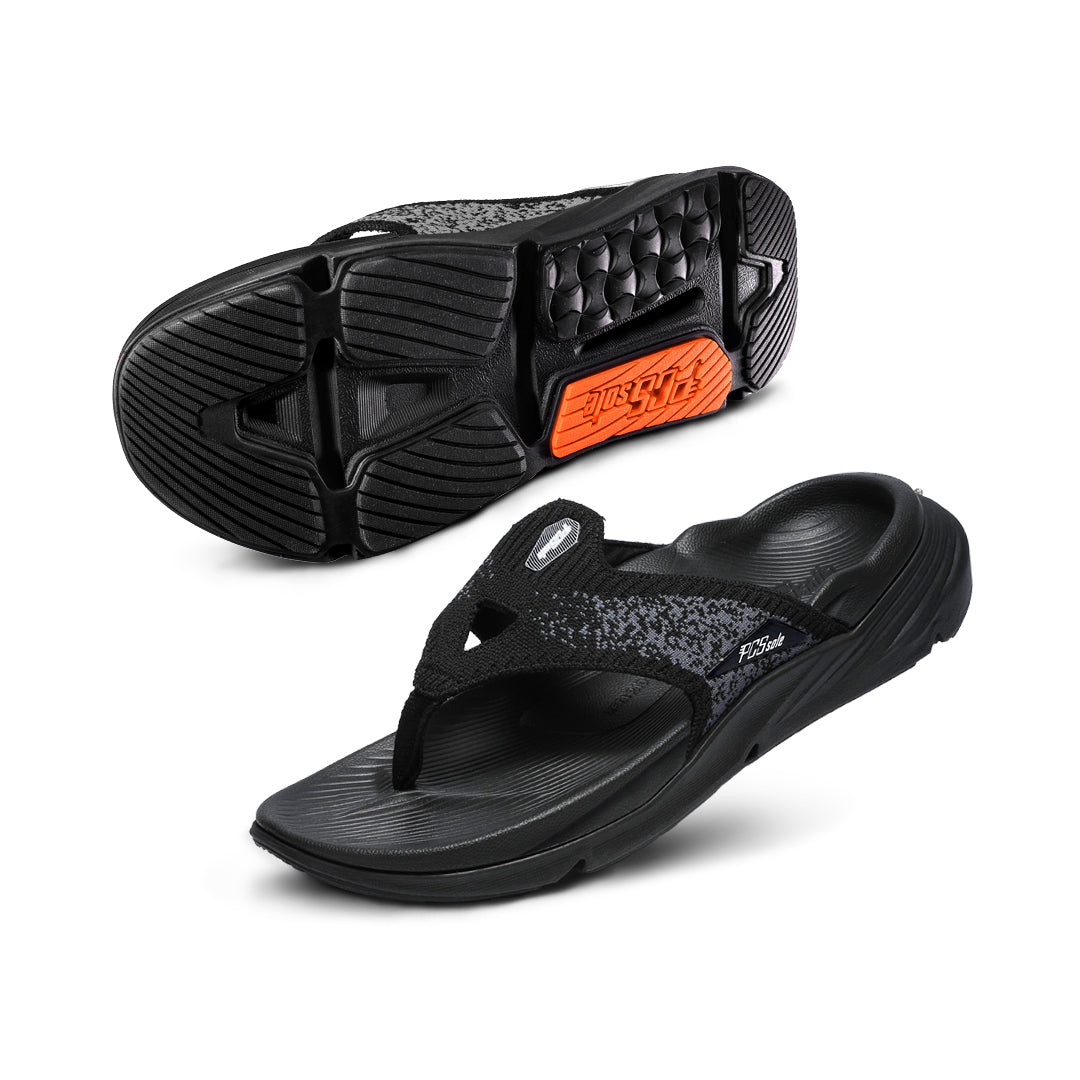
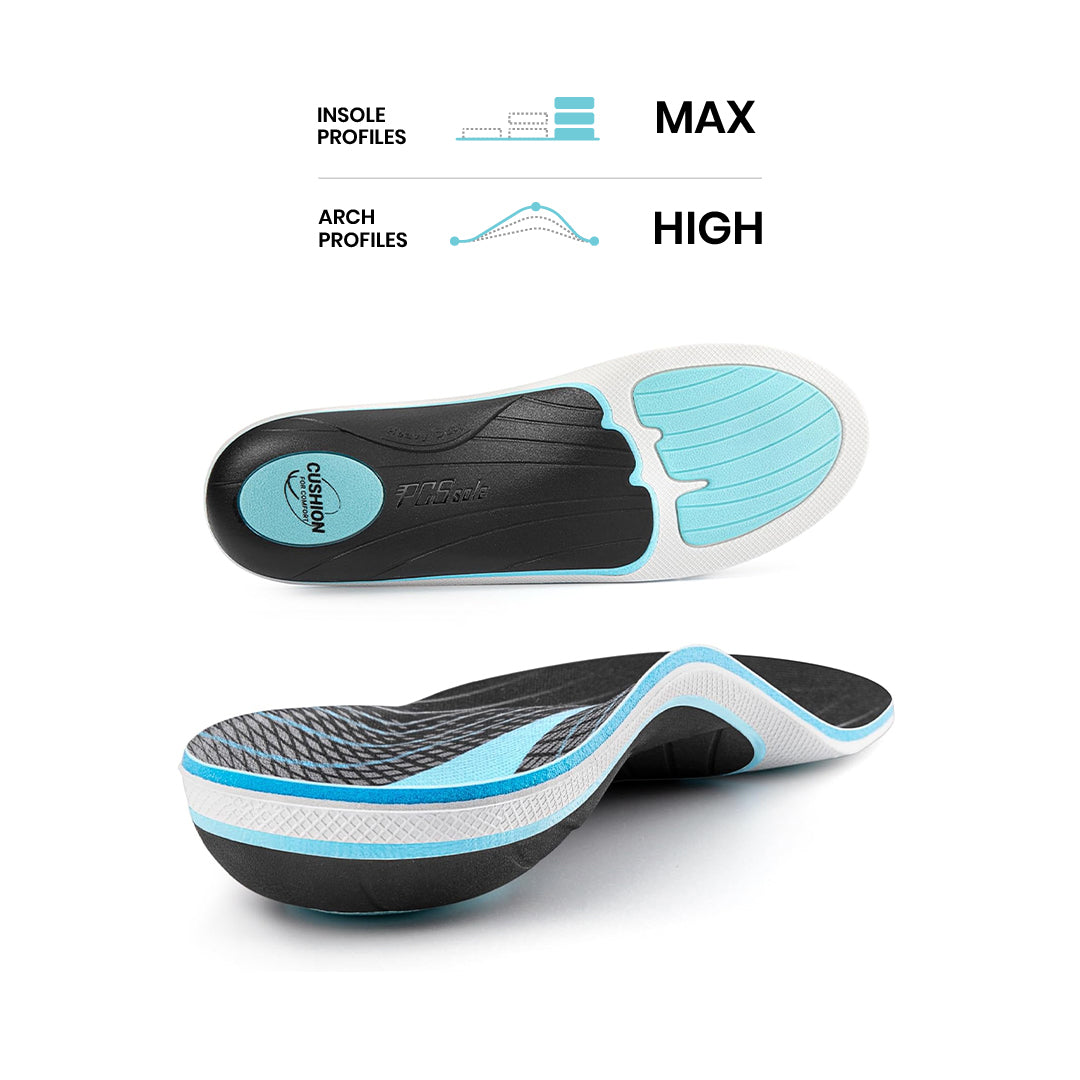
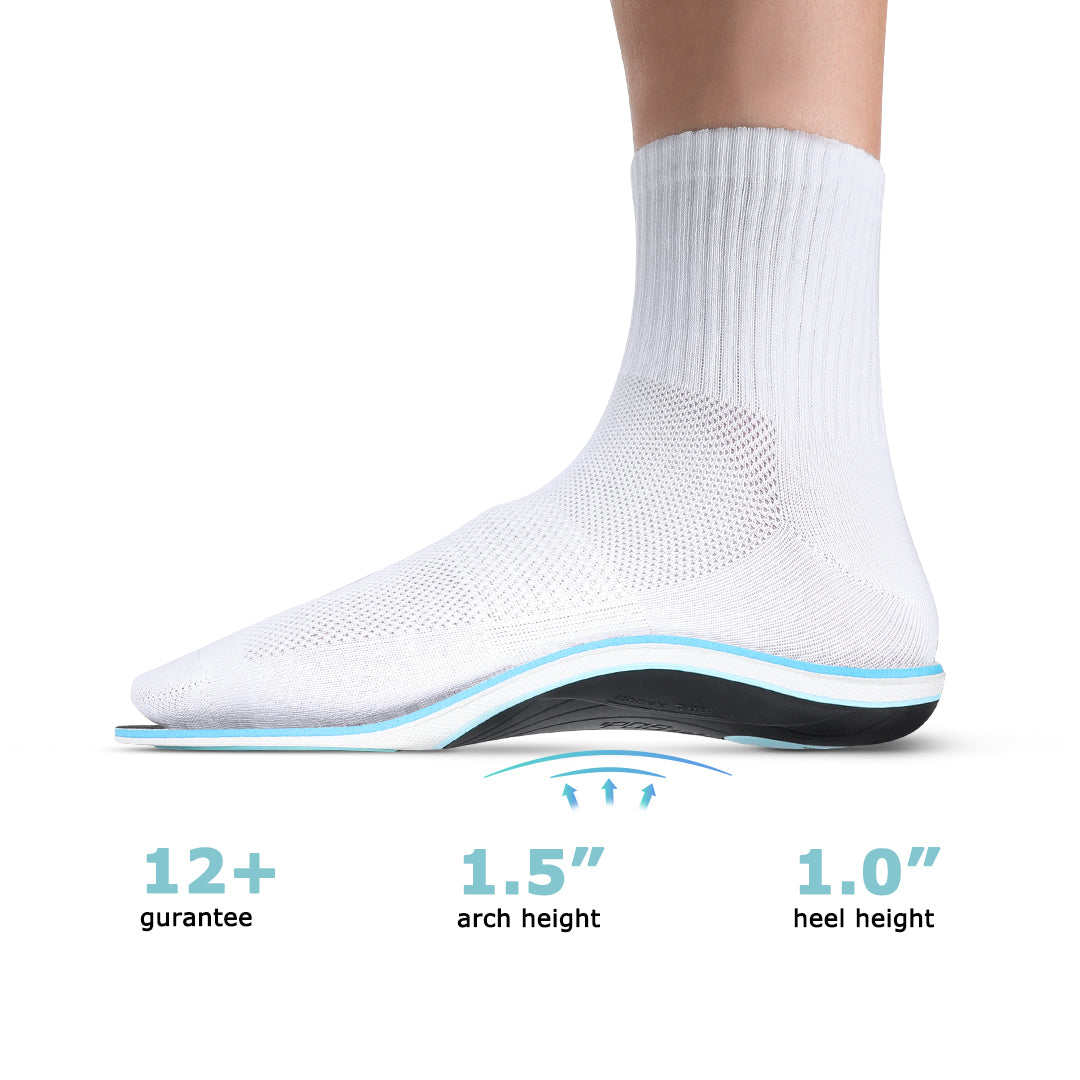
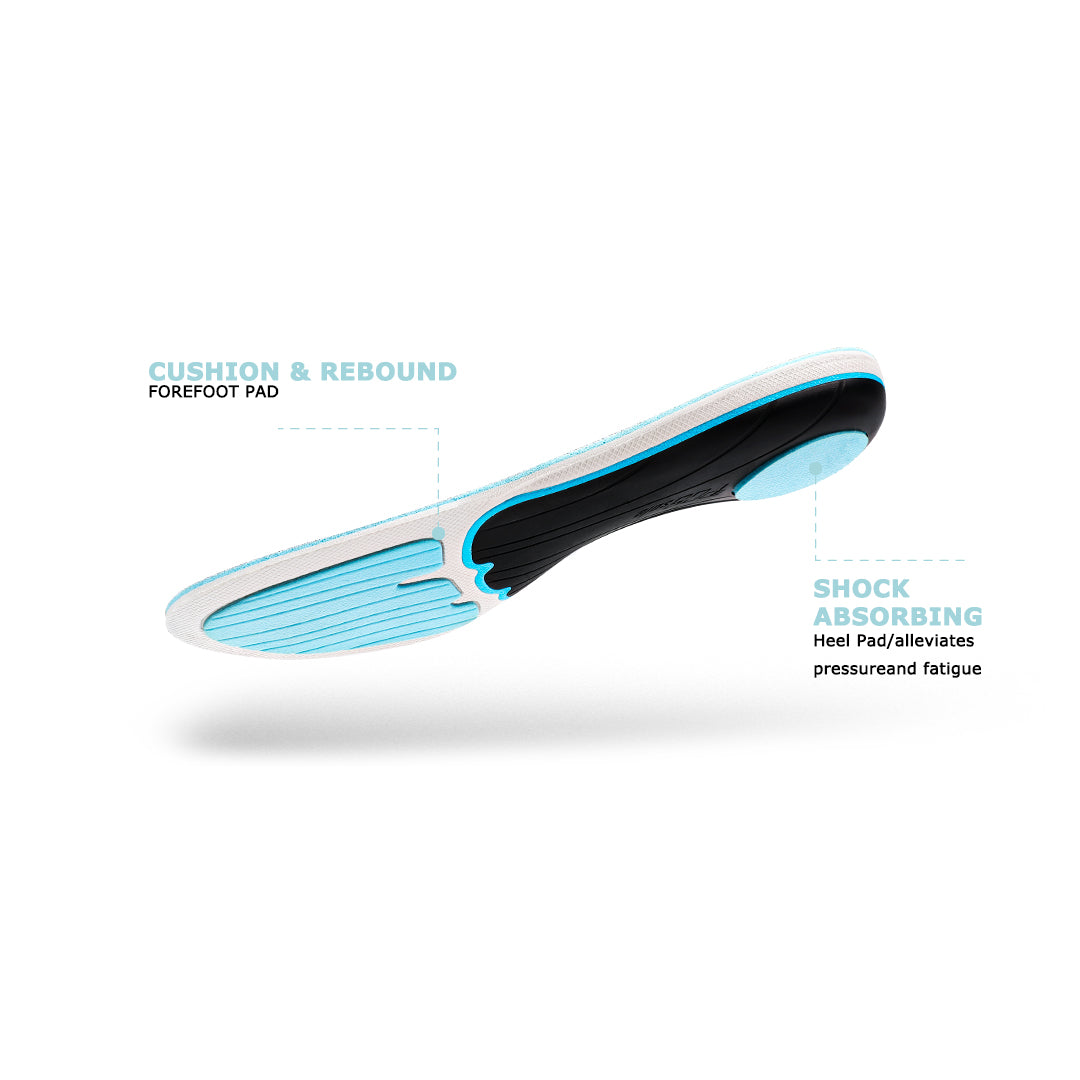
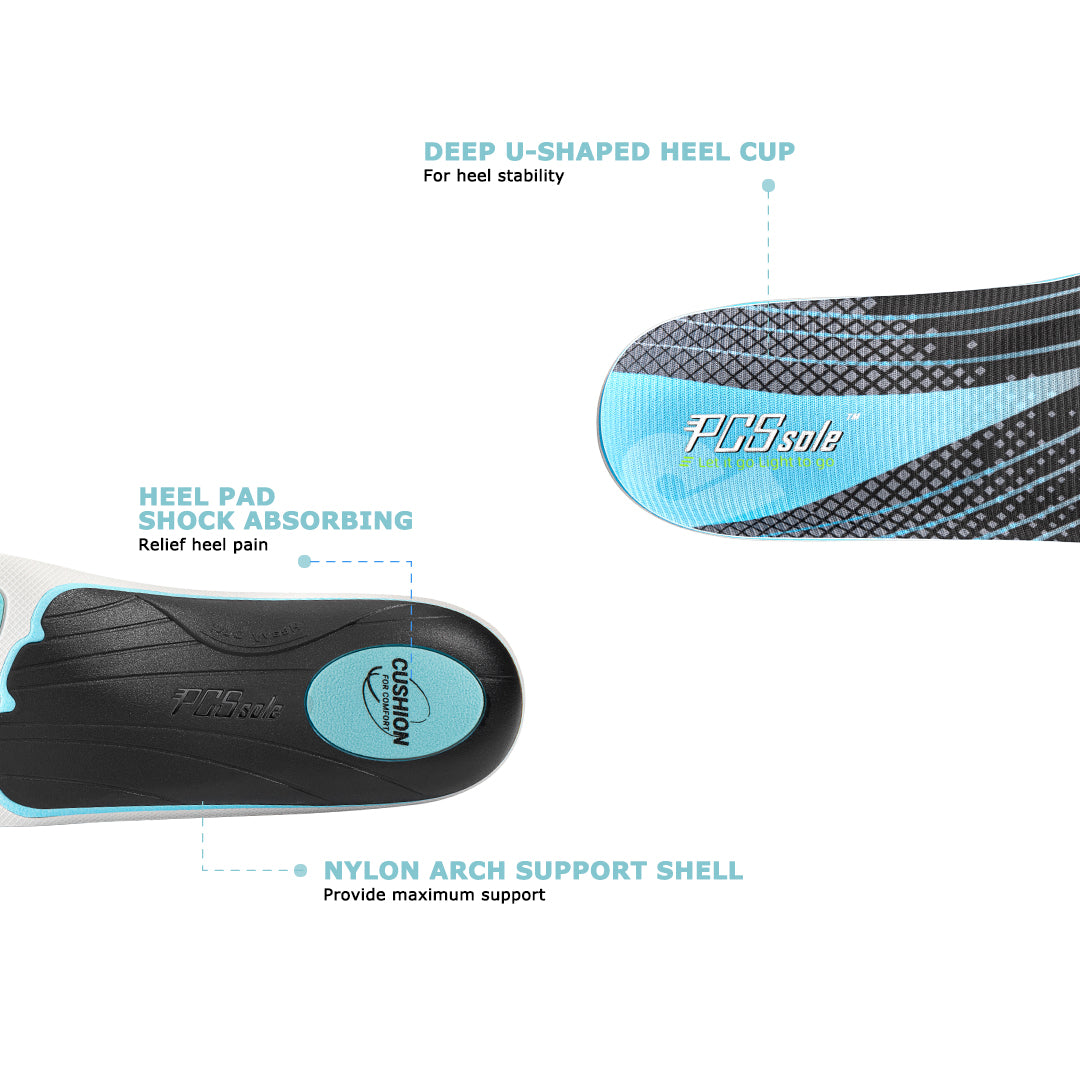
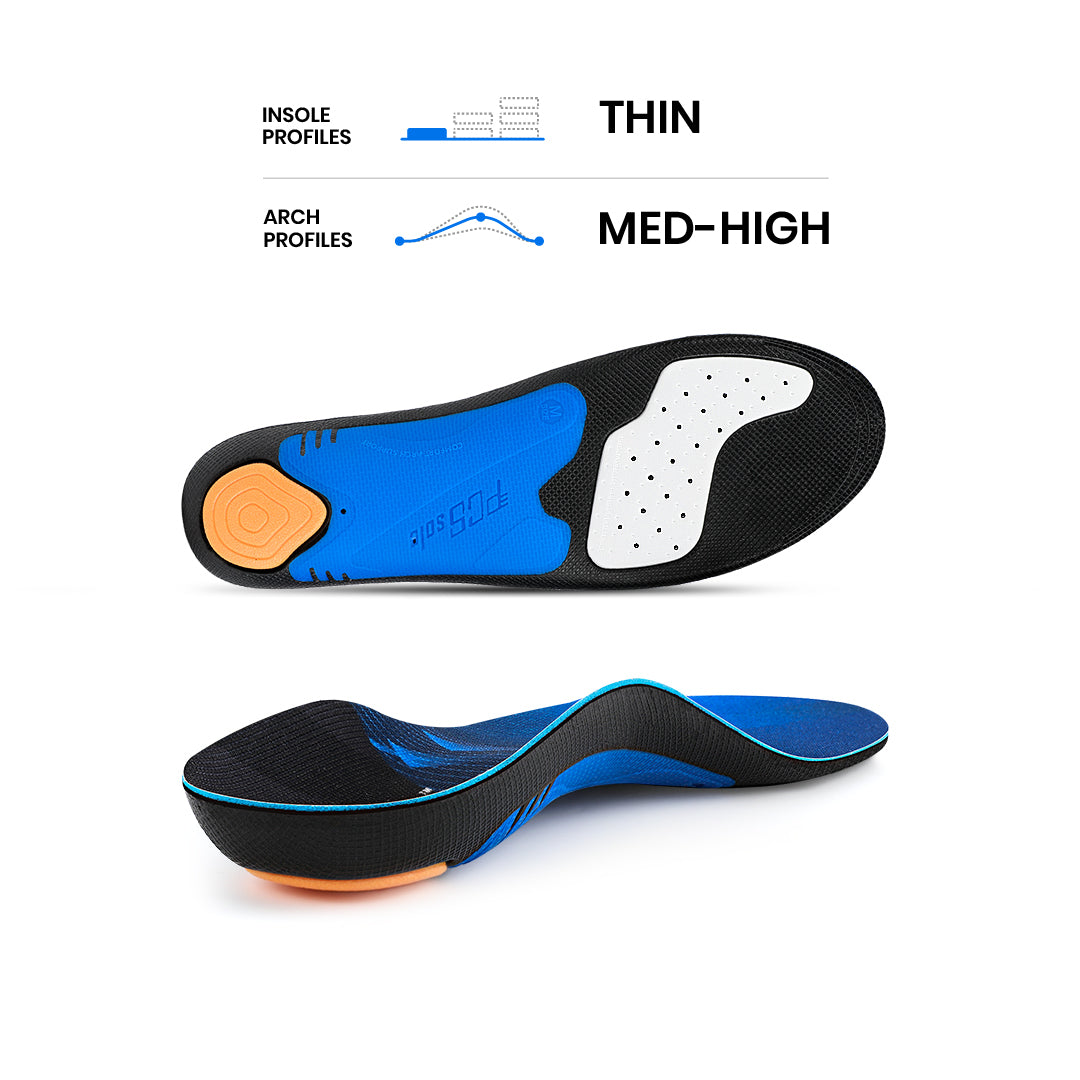
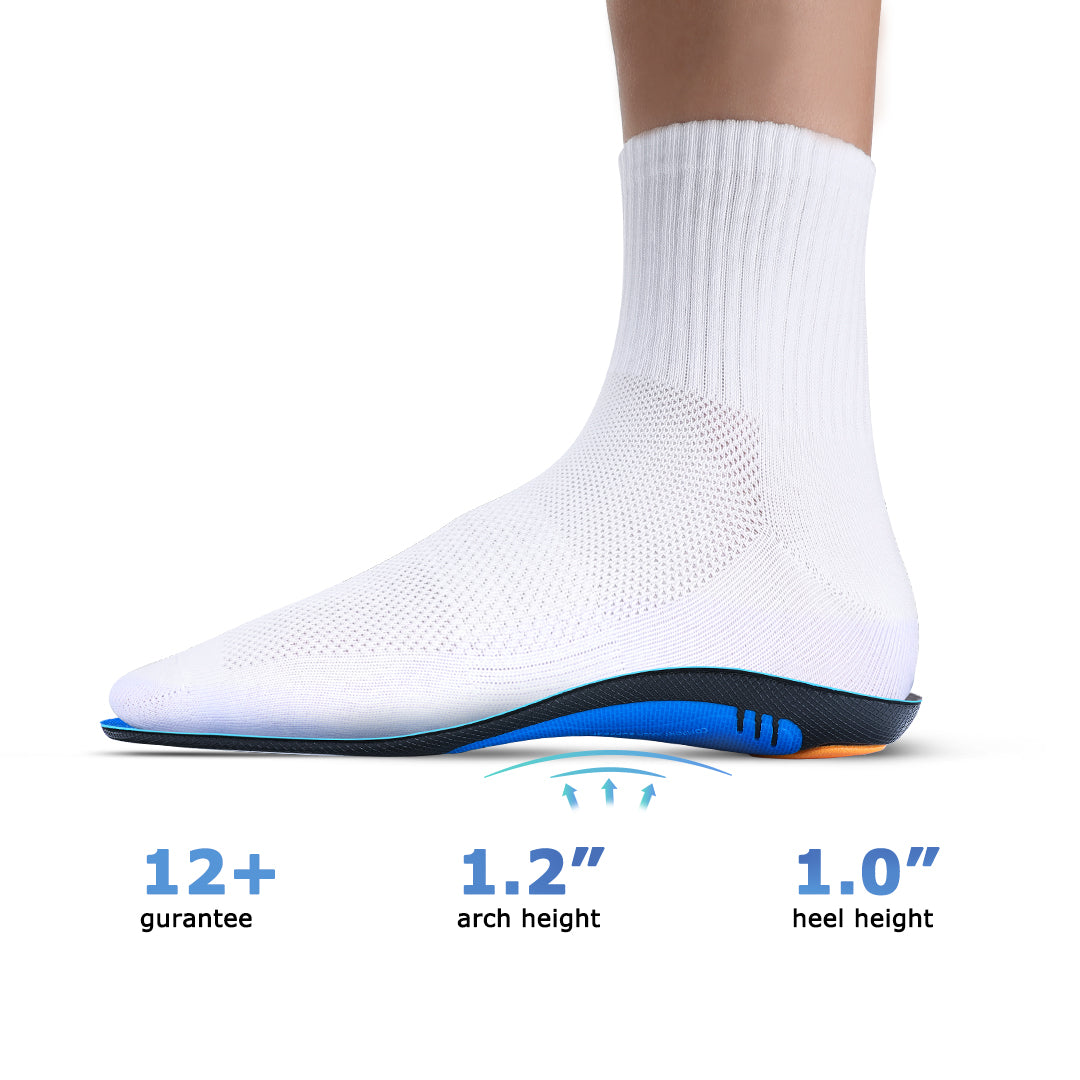
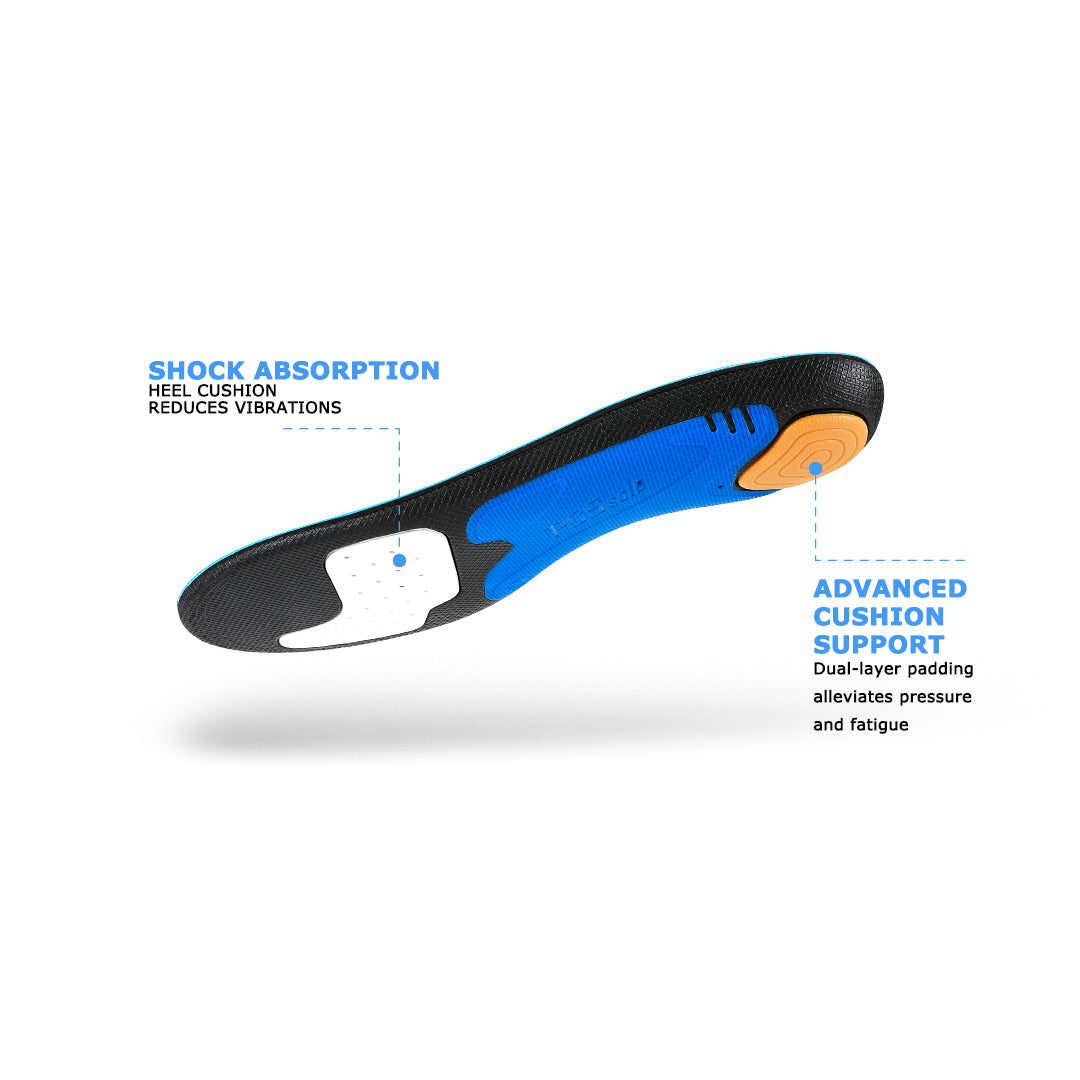
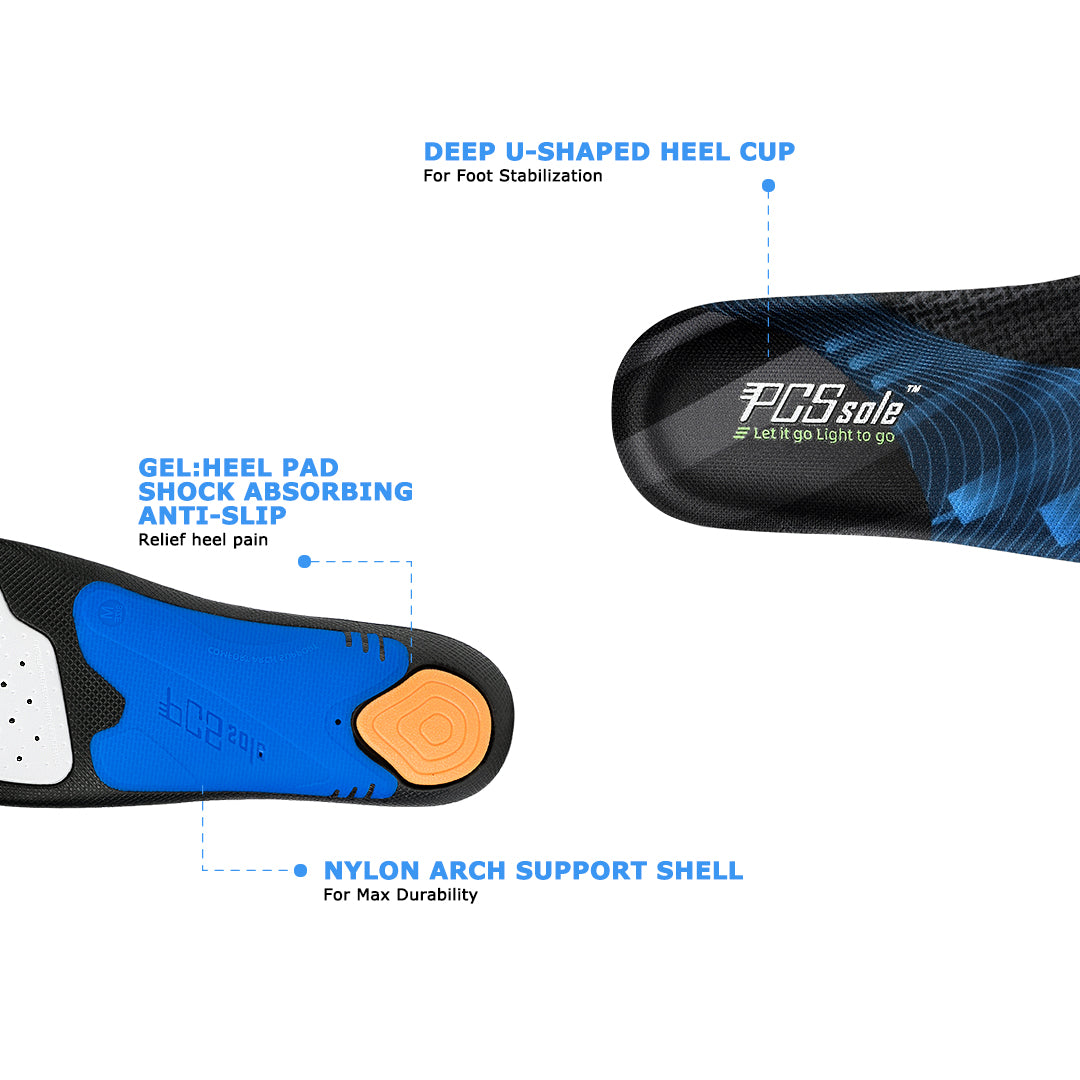
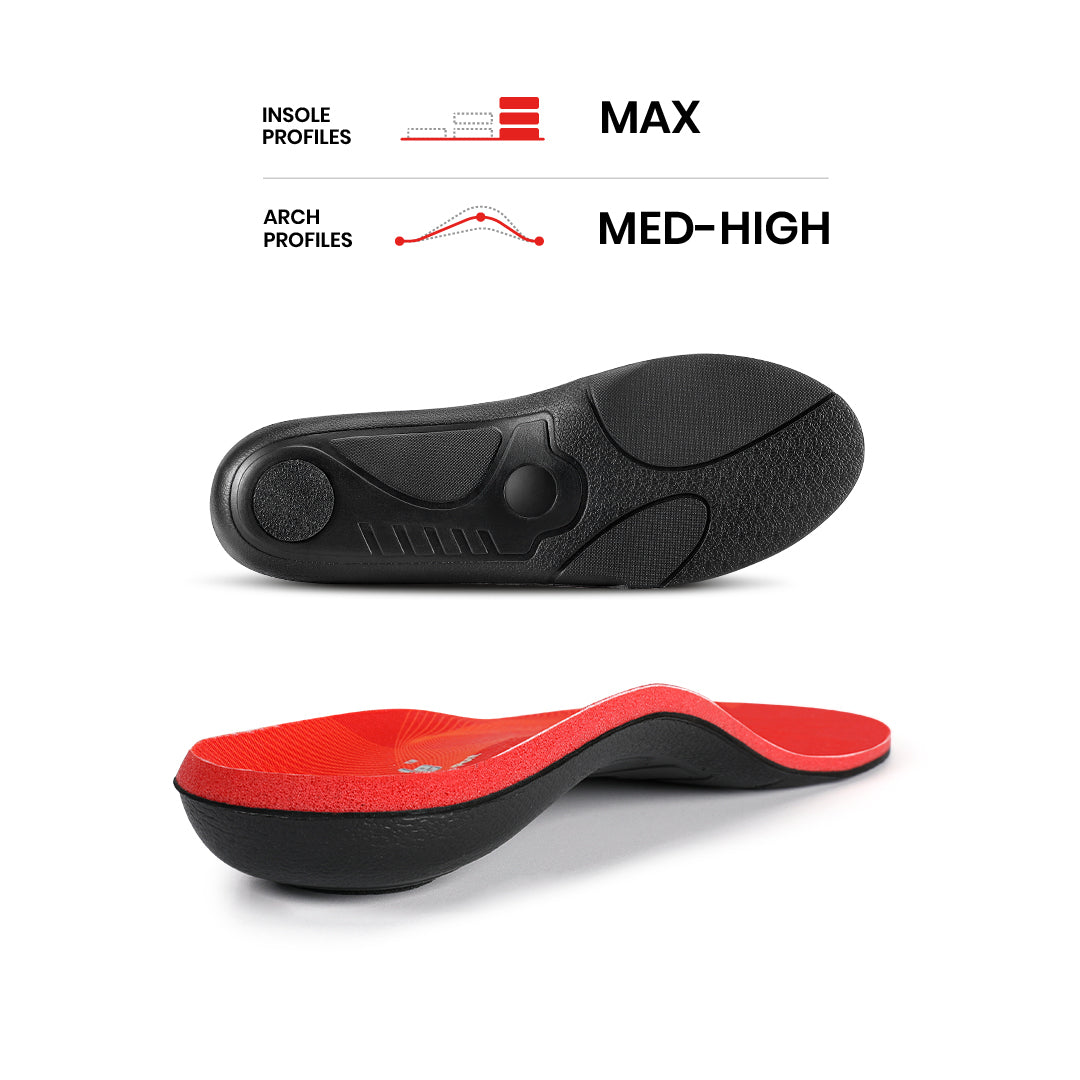
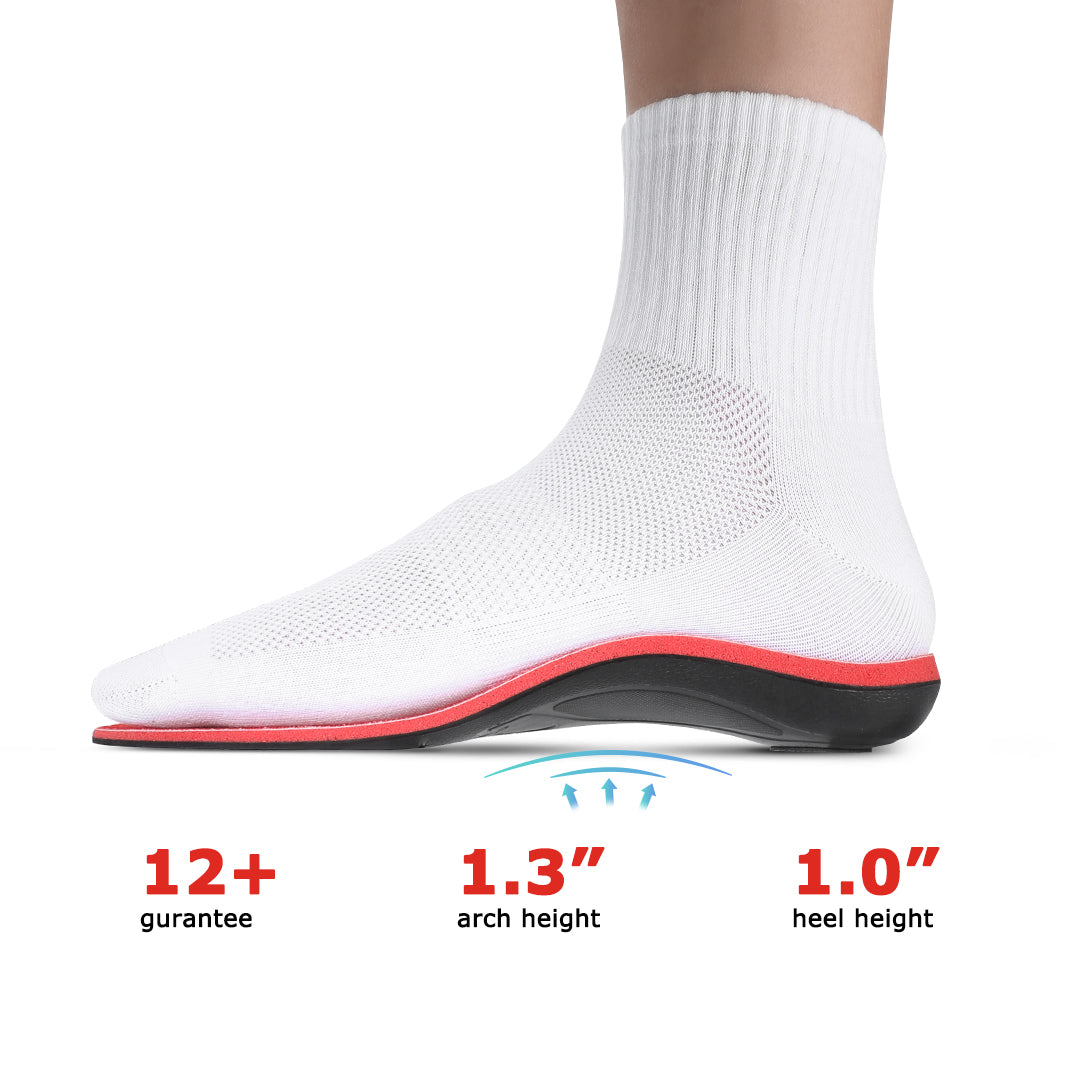
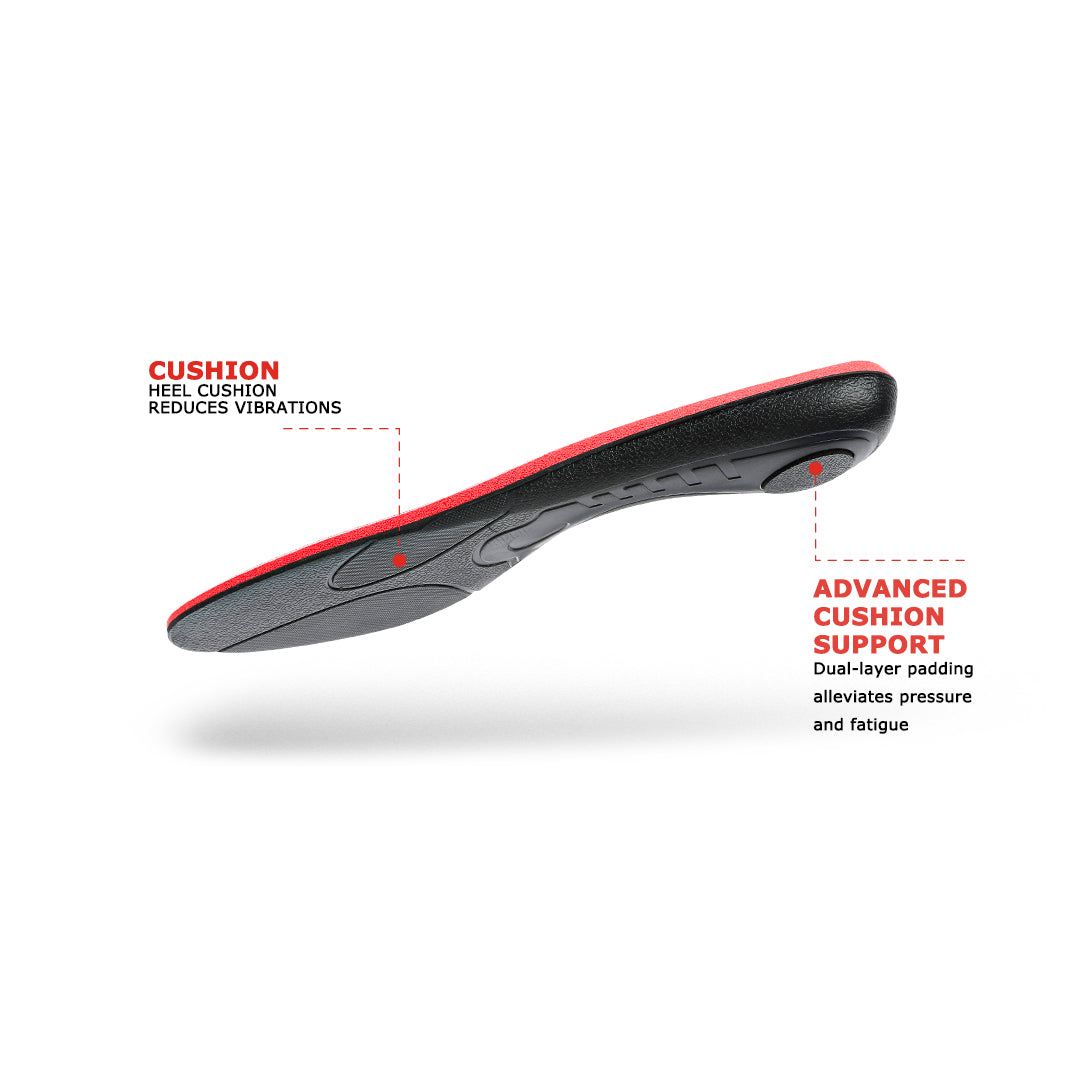

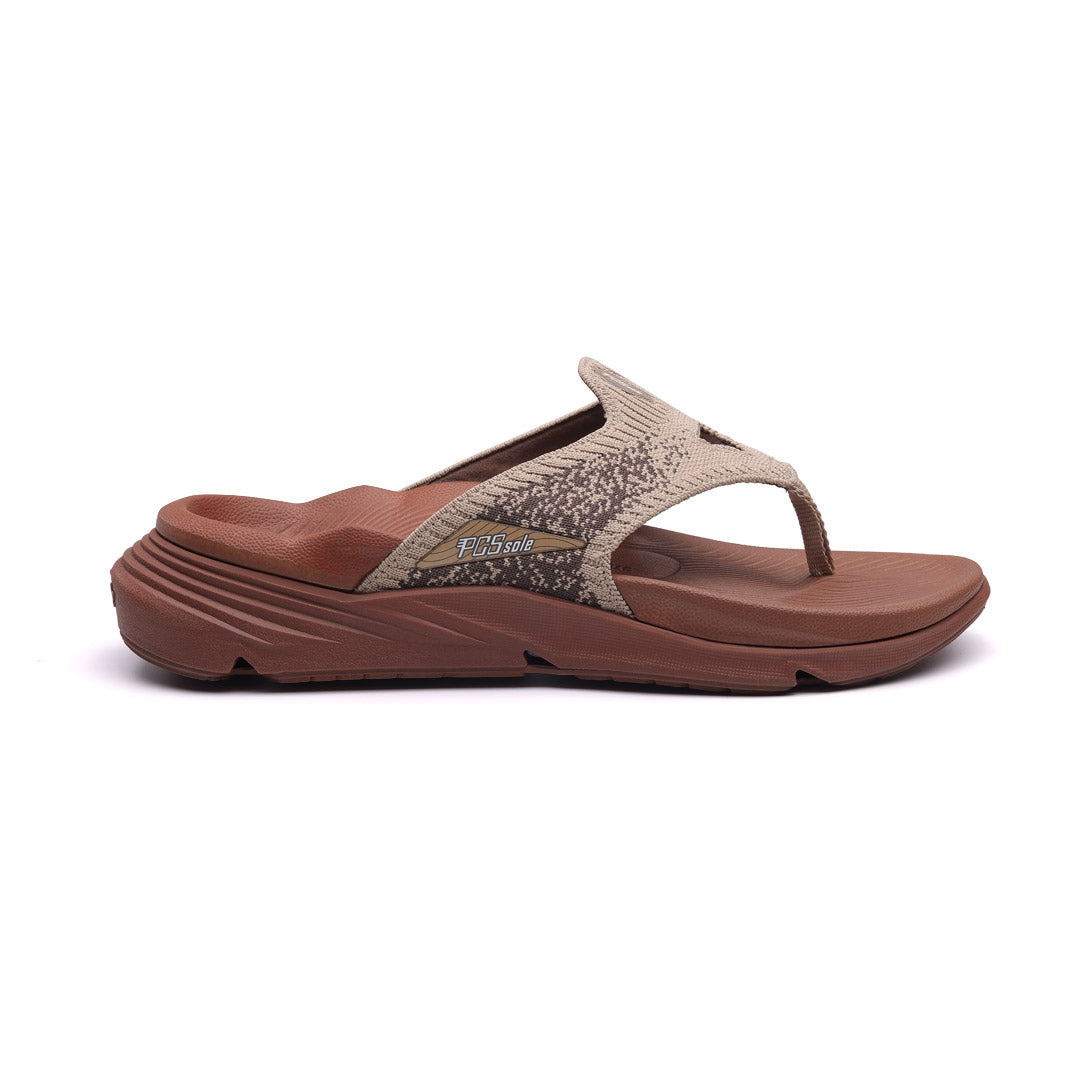



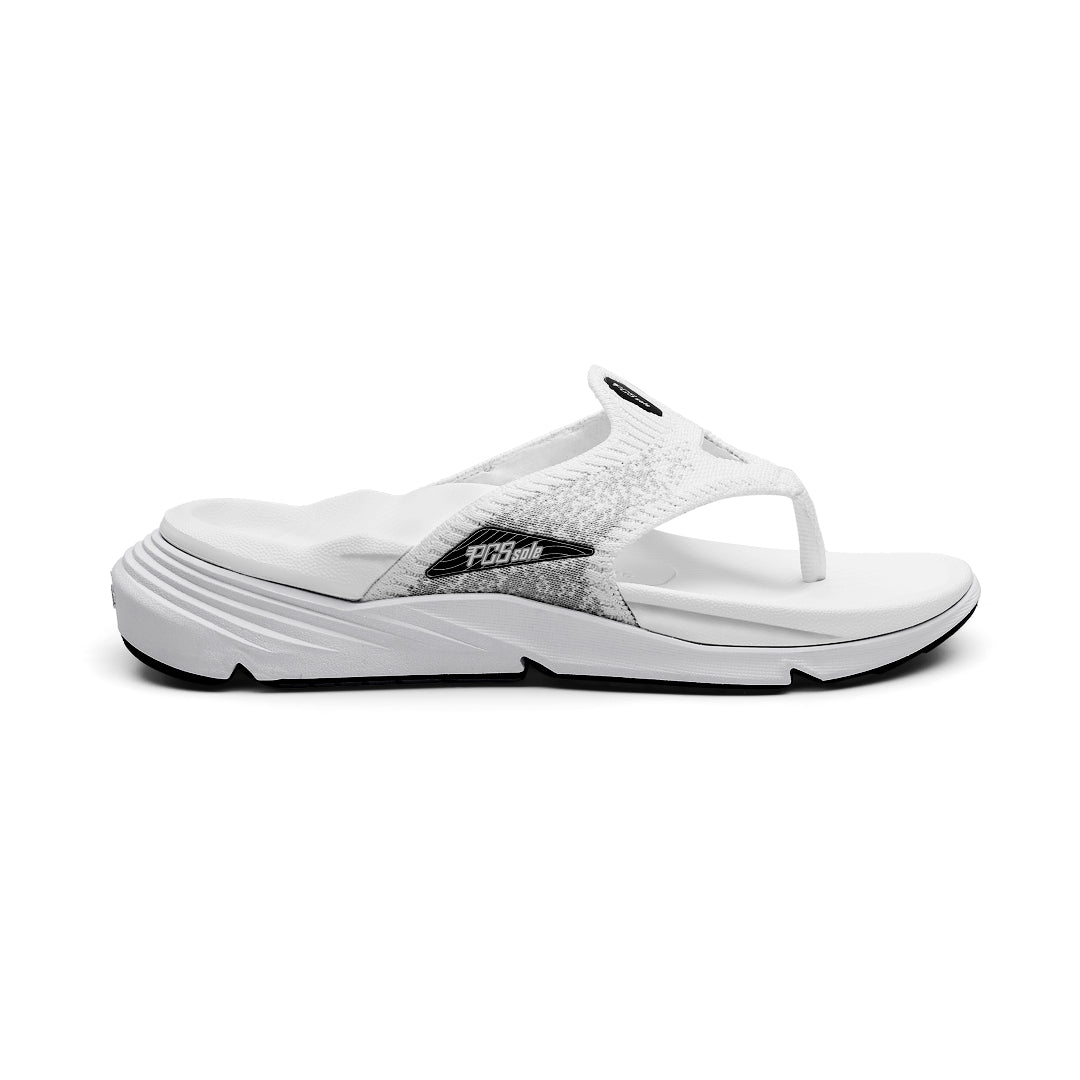

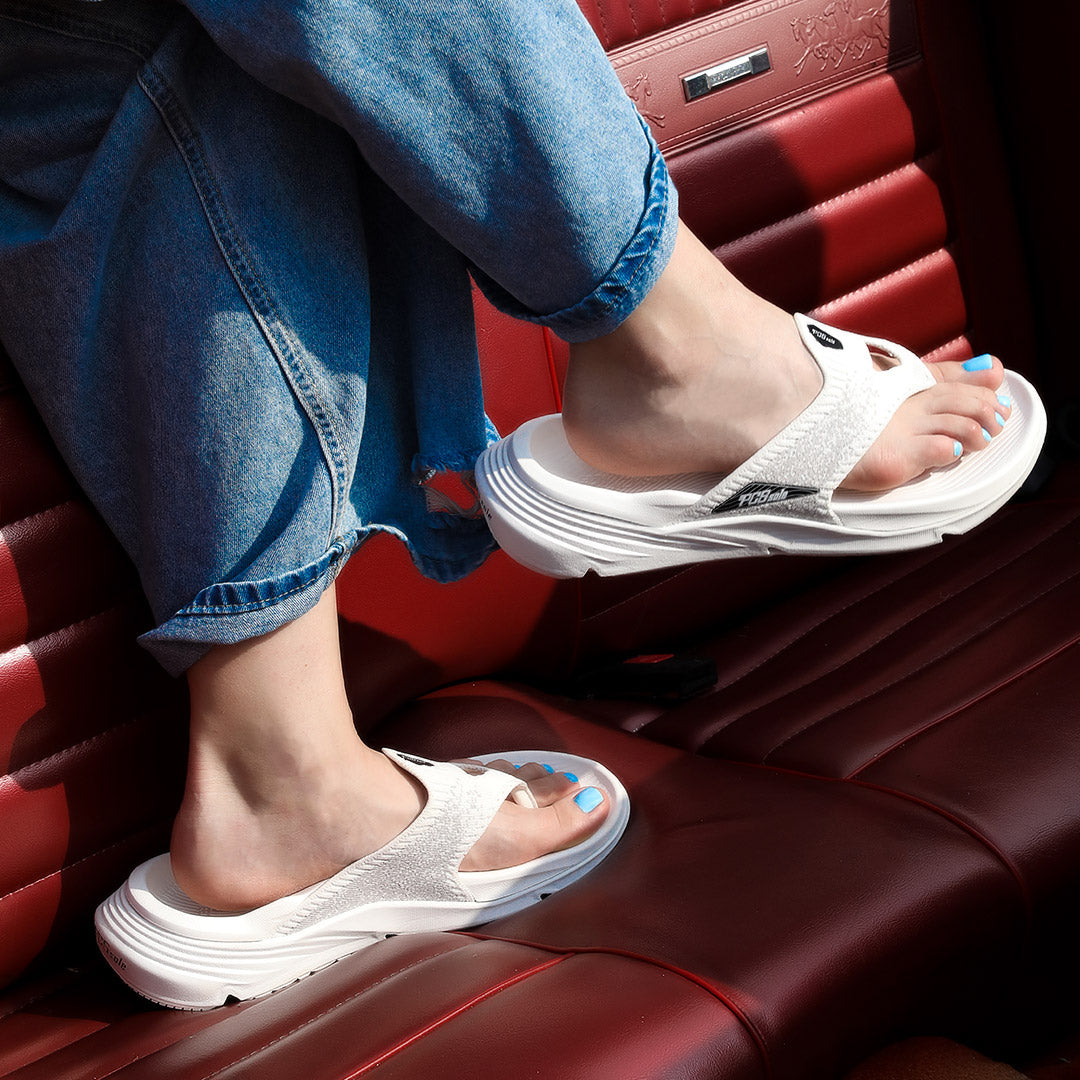
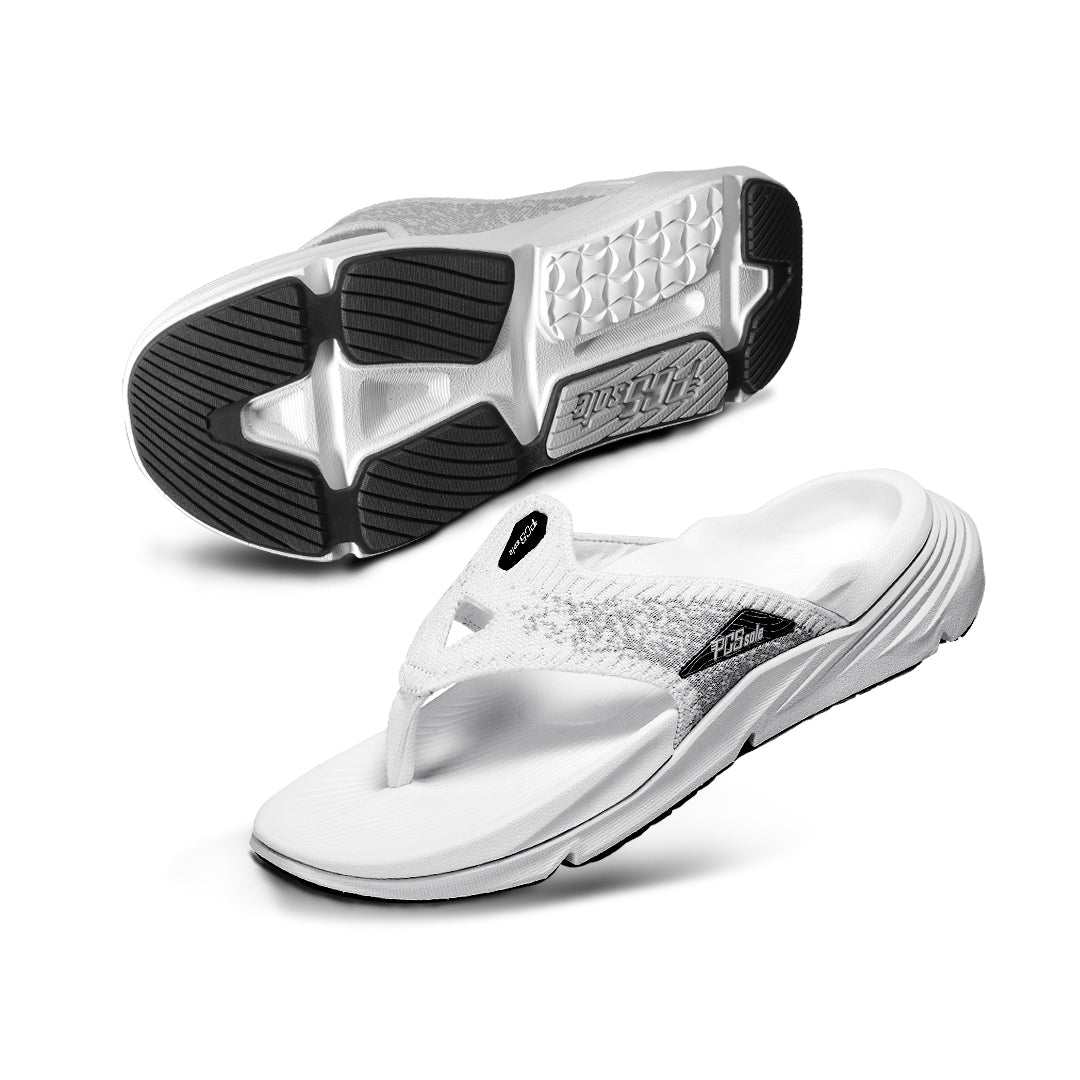
Share:
The Benefits of Jogging: The Secret to Longer Life?
Best Insoles & Orthotics 2025 [Flat Feet, Plantar Fasciitis, Bunions]